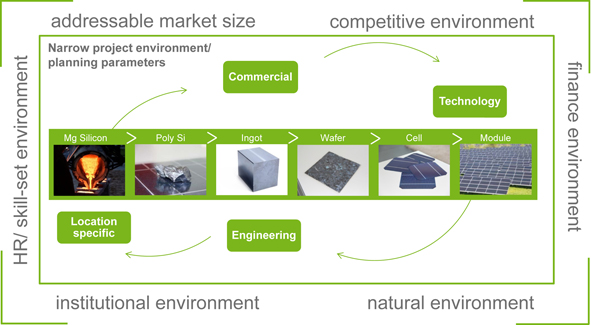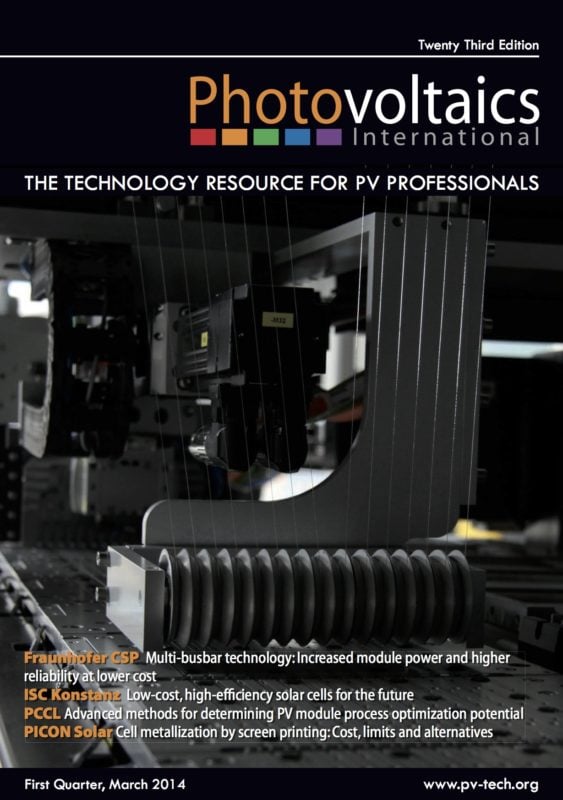By Gernot Oreski, Senior Researcher, Polymer Competence Center Leoben GmbH
Ethylene vinyl acetate (EVA) is still the dominant material used for encapsulation of solar cells. During PV module lamination, a three-dimensional network is formed by a chemical cross-linking of the polymer chains in order to increase the thermal stability of the material and to prevent the material from melting when exposed to application-relevant temperatures of up to 100°C. The cross-linking reaction, which is discontinuous and can take up to 30 min (depending on the EVA type), is the time-determining step in PV module lamination. The main objective of this paper is to gain a comprehensive understanding of the thermomechanical material behaviour during the PV module lamination process, and to develop a basis for the optimization of the PV module manufacturing process. The results presented will demonstrate that dynamic mechanical analysis (DMA) is a valuable and reliable characterization method for the investigation of the curing behaviour of EVA for solar cell encapsulation. DMA in shear mode allows a continuous measurement of the thermomechanical properties, even in the molten state, and therefore an in situ monitoring of the cross-linking reaction. Whereas it is possible to use temperature scans on partially cured EVA films to determine the state of cross-linking, isothermal scans on uncured samples allow the curing kinetics of EVA to be investigated. On the basis of an enhanced knowledge of the cross-linking reaction, the material-related process-parameter optimization potential of the PV module lamination process can be identified, and optimum processing temperature ranges and minimum cross-linking times can be derived.


